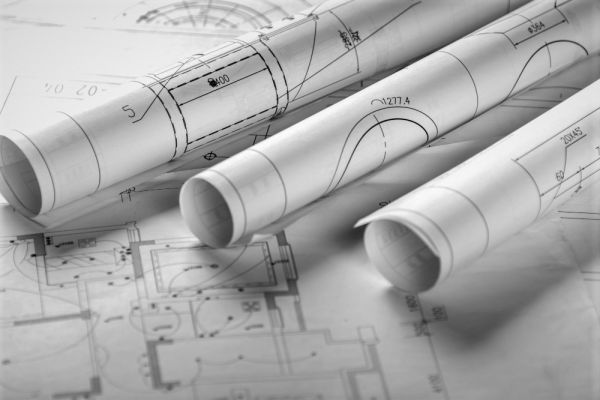Navigation

Related Post
Enterprise Architecture
Enterprise Architecture is a strategic framework to align business goals with technology systems. It helps organizations make informed decisions about how to structure and manage their digital assets and processes.
Enterprise Architecture, often abbreviated as EA, involves planning, designing, and guiding how technology supports an organization’s operations and business processes. It creates a blueprint that connects different layers of the business, including data, applications, infrastructure, and organizational goals. EA allows IT and business leaders to identify efficiencies, reduce complexity, and plan for future growth. By adopting this approach, organizations can more effectively adapt to changes, maintain consistency in their systems, and optimize the utilization of resources.
Strategic Alignment with Business Goals
Enterprise Architecture ensures that technology investments are directly aligned with an organization’s business strategies. By mapping business processes to technology components, EA facilitates more informed decision-making across departments and prevents the development of disjointed or redundant systems.
This alignment often includes documenting the relationships between organizational goals, functions, systems, and data flows. Tools like ArchiMate or frameworks like TOGAF (The Open Group Architecture Framework) help structure this work. With a shared model, IT teams and executives can collaborate more effectively on digital transformation and resource planning.
Integration of Systems and Processes
A key benefit of Enterprise Architecture is enhancing the collaboration between systems and processes. In many large organizations, different departments use separate technologies that may not interact smoothly. EA helps create a cohesive environment by identifying integration points and standardizing practices.
This integration reduces data silos and manual workarounds. Enterprise architects may utilize service-oriented architecture (SOA) and application programming interfaces (APIs) to ensure that systems can communicate and share data effectively. The result is greater efficiency, consistency, and data accuracy across the organization.
Governance and Standardization
Enterprise Architecture establishes clear rules and standards for IT systems. These governance practices mitigate risk, foster compliance with regulations, and inform technology choices throughout the organization. EA teams define standards for hardware, software, networks, and security.
By enforcing these standards, organizations gain better control over system updates, licensing, and interoperability. Governance also facilitates easier auditing of systems and ensures quality maintenance. This structure is particularly important in highly regulated sectors, where technology decisions must be documented and traceable.
Adaptability and Innovation
With a structured approach to architecture, organizations become more agile and adaptable. Enterprise Architecture provides a foundation for evaluating new technologies and responding to changes in market conditions or customer expectations. It supports innovation by enabling faster, lower-risk experimentation.
EA encourages modular design and scalability, allowing systems to evolve without significant disruptions. For instance, cloud computing or AI-driven analytics can be integrated more easily when the underlying architecture is already well-organized. This adaptability enables businesses to remain competitive in rapidly changing environments.
Cost Management and Resource Efficiency
Enterprise Architecture helps manage costs by identifying overlaps and unnecessary spending across technology systems. Through an analysis of current assets, EA can identify underutilized licenses, duplicate systems, and outdated platforms that no longer add value.
This transparency supports better budgeting and resource allocation. IT leaders can make more strategic decisions about upgrades, consolidations, or outsourcing. Over time, this leads to a more efficient technology portfolio and greater return on investment.
Conclusion
Enterprise Architecture plays a key role in helping organizations manage complexity and grow sustainably. It connects business strategy with technology execution and brings structure to digital planning.
With tools, frameworks, and disciplined practices, EA creates a roadmap that helps organizations stay agile, reduce costs, and remain aligned across all levels of operations.
What is Enterprise Architecture? – 7 mins
